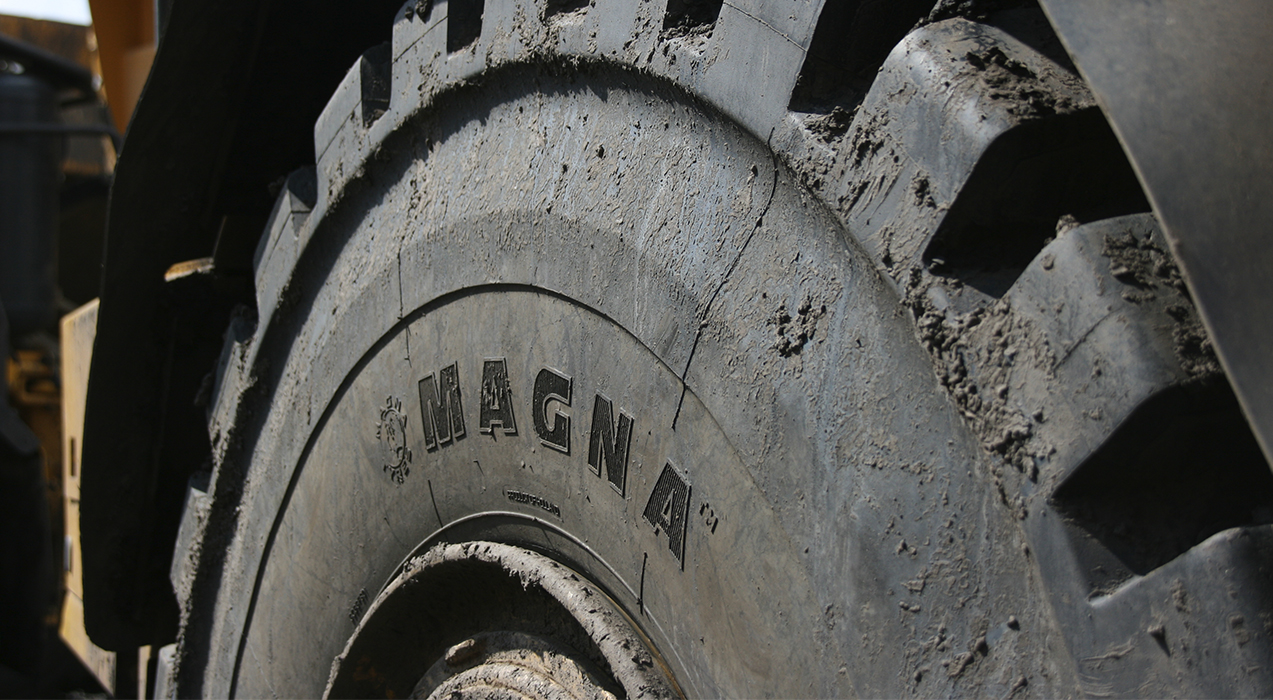These Reasons Can Cause Extensive Tyre Wear
An irritation that is common: early wear of your tyres. Of course, you want your tyre to have the lowest possible cost per kilometre, so you get the most out of your investment. But how do you prevent this extensive tyre wear?
Extensive tyre wear can be a result of several factors that significantly impact the lifespan and performance of your tyres. Read below, based on the wear pattern, what the most common reasons are that contribute to premature tyre wear.
The Most Common Reasons for Tyre Wear
1. Underinflated tyres
If your tyres do not have enough air pressure for an extended period of time while driving, both shoulders of the tyre will wear out. This is because there is no even pressure on the tyre tread. The sidewalls of the tyre bear excess strain, leading to increased rolling resistance, overheating, and irregular wear patterns. So make sure you have exactly the right tyre pressure.
2. Overinflated tyres
The opposite can also happen; your tyres have too much pressure for a long time while driving. Overinflation causes the central tread to wear faster, impacting overall tyre balance. This results in reduced traction, a harsher ride, and uneven wear. Here again, the simple solution: make sure that your tyres are inflated to the correct pressure.
3. Incorrect wheel position
If the position of a wheel is incorrect, irregular tread wear can occur due to the disrupt of the tyre’s intended direction. However, uneven tyre wear can also be caused by incorrect wheel alignment, which can be easily felt by hand. Realignment is the solution to this problem. Proper wheel alignment ensures even distribution of weight across tyres, enhancing their lifespan.
4. Incorrect tyre size for the vehicile
In addition to an incorrect wheel position, there is also the possibility of an incorrect tyre size on your vehicle. Ensure your tyre isn’t too large for the vehicle to prevent premature wear. To mitigate potential damage, confirm that you have the correct tyre size and make sure that the wheel is in the correct position.
5. Bead damage
The purpose of the tyre bead is to ensure that the tyre and wheel are properly connected, without air escaping. As soon as there is even the slightest damage to the bead, it should be replaced immediately for safety. Damaged or corroded tyre beads compromise the seal between the tyre and the wheel, leading to air leaks, uneven wear, and potential safety hazards. The cause of bead damage is often that the mounting head is not properly adjusted or the bead is not properly pressed into the rim bed.
6. Bad shock absorbers
When there is a large imbalance in the wheel and if there is a gap in the suspension rubbers or steering knuckles, this can cause damage to the shock absorbers. But also when the tyre lugs are strongly deformed, the shock absorbers can no longer do their job properly. Worn-out or malfunctioning shock absorbers can amplify tyre wear. They fail to dampen road impacts effectively, causing the tyres to bounce excessively and wear unevenly.
7. Sidewall wear
Sharp edges are the enemies of sidewalls. Damage caused by sharp edges is easy to recognise. In principle, this wear is not dangerous. Another cause of sidewall wear is run-up. Here, check that the tyre is not too large for the vehicle and that the wheel is in the right position. Wear can also come from dying out from the sunlight. If these cracks come down to the carcass threads, then new tyres are needed.
8. Cutting tooth wear due to poor road conditions or driving
Aggressive driving or traversing harsh terrains can cause cutting tooth wear, leading to premature tyre damage and decreased traction. Cutting tooth wear can occur on non-driven axles. Low tyre pressure and tracking are the cause of this particular type of wear and can be seen around the entire contour of the tyre and often across the entire width of the tread. Regularly inspect your tyres for signs of damage and consider adjusting your driving style based on road conditions. In some cases it’s best to consider changing the wheel position regularly to counteract tooth wear.
How to Reduce Tyre Wear
These eight reasons are the most common reasons for early tyre wear. In general, it’s essential to perform regular inspections, proper maintenance, and adhering to manufacturer recommendations for tyre care and usage. This can significantly reduce premature tyre wear, ensuring prolonged tyre lifespan and safe driving experiences. By understanding these reasons for extensive tyre wear, you are empowered to take proactive measures in reducing tyre wear. If you have questions about this topic, feel free to contact us.
Always
Updated.
Subscribe to the newsletter and be among the first to receive our latest updates.

